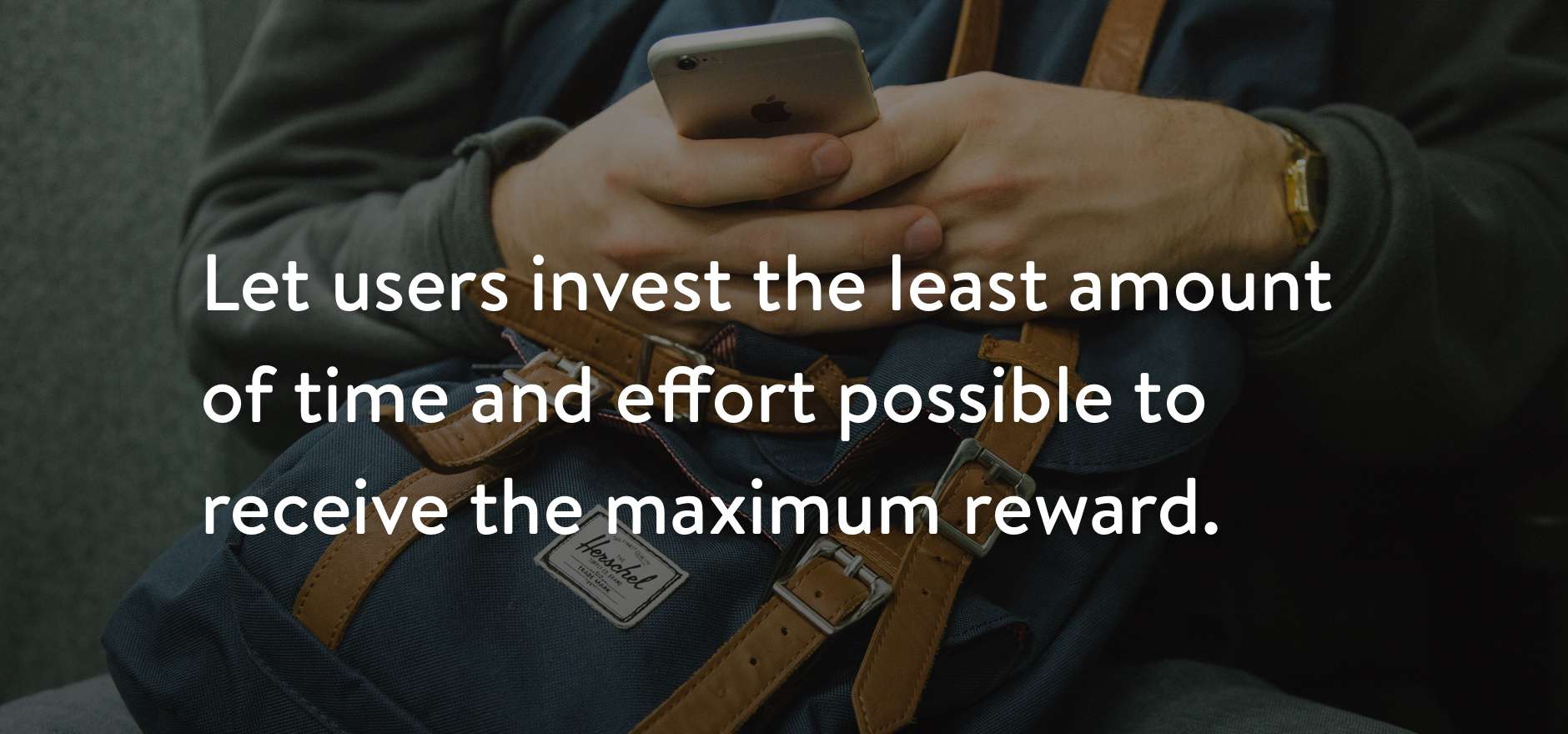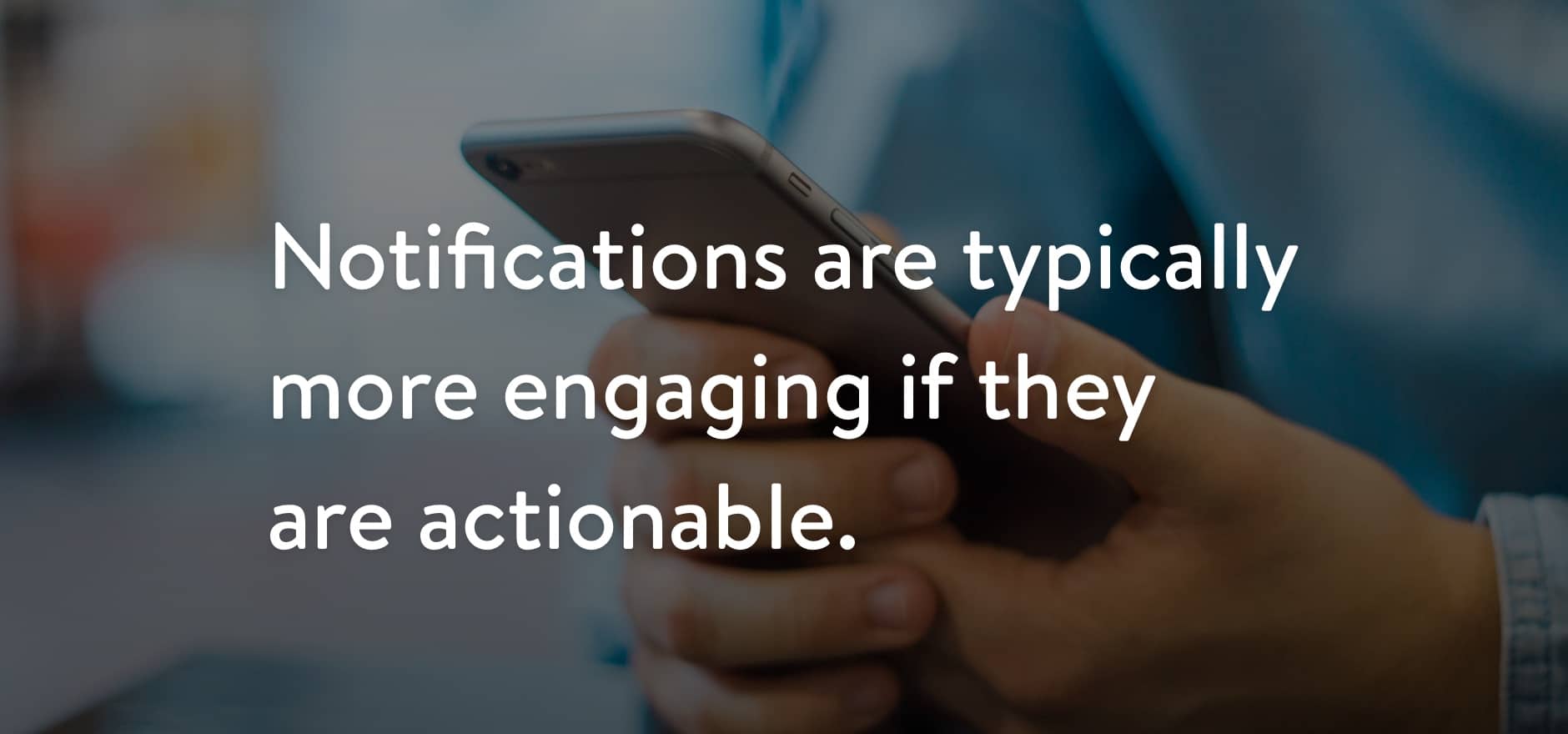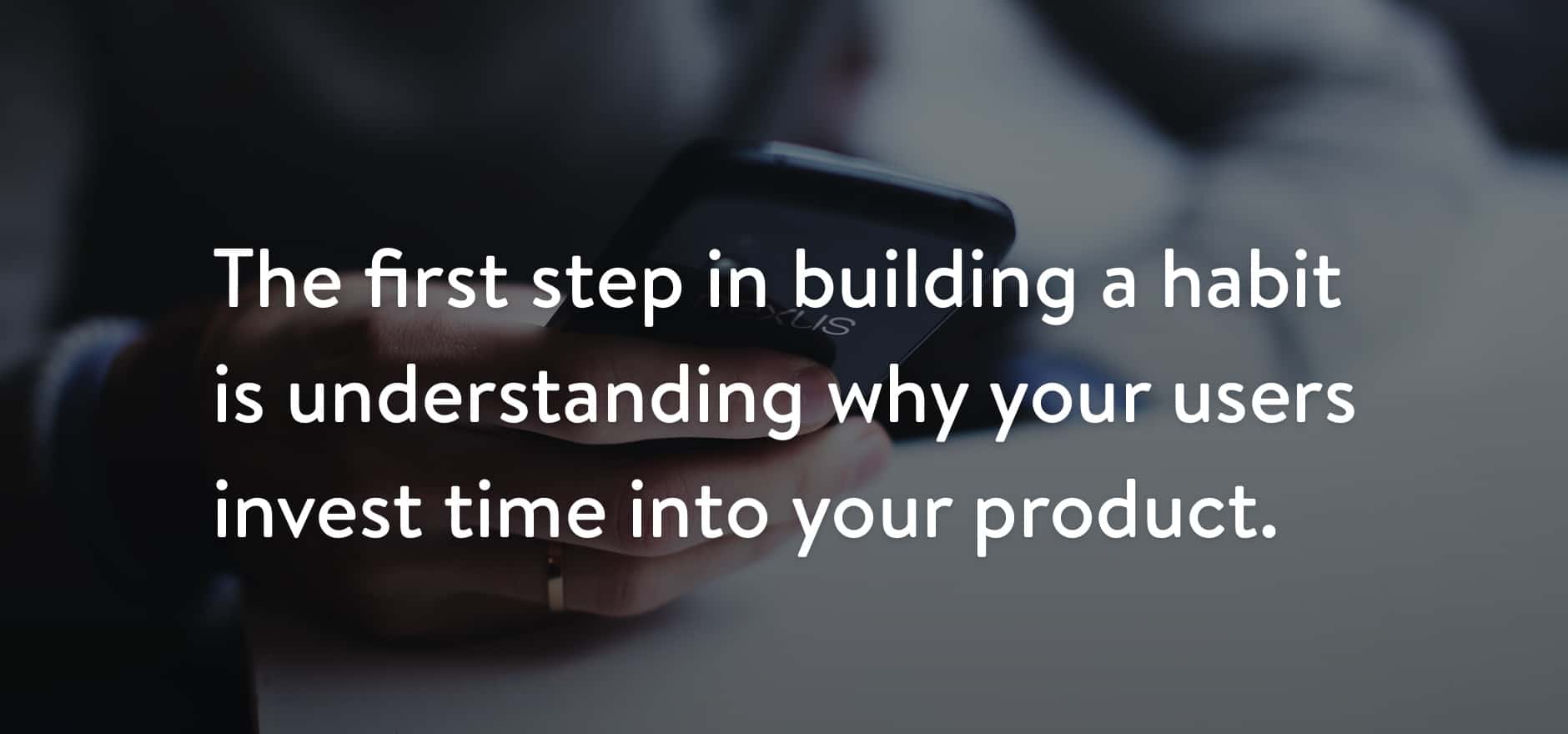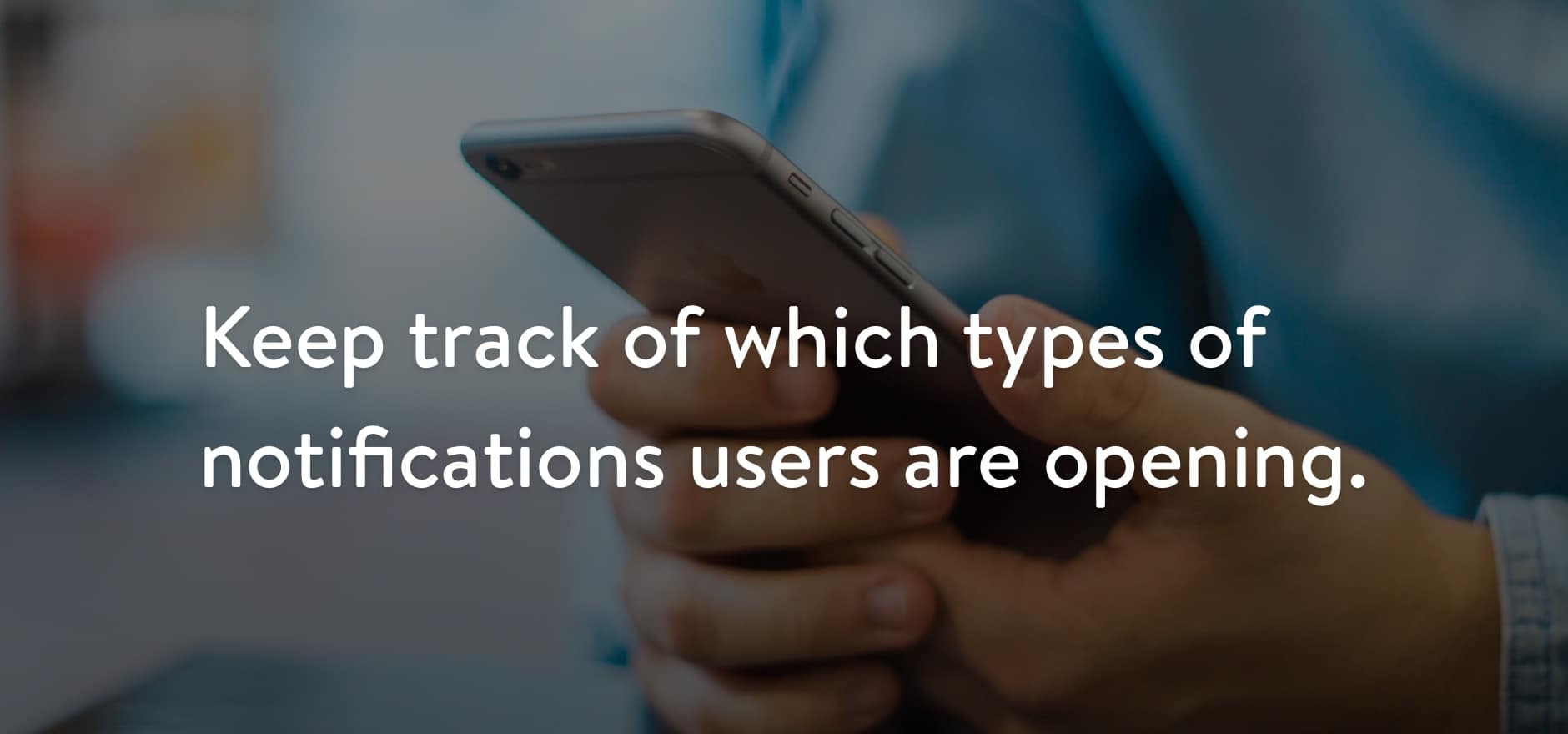In this post we explore ways to increase mobile app retention directly using notifications and discuss how to create habit-forming products.

What benefit do you offer those using your product to make them return day after day? In this article, we explore ways to increase mobile app retention using notifications and how to create habit-forming products.
First we’ll take a look at what a habit really is, then we’ll move on to leveraging what we know about habits and how they are formed to increase mobile app retention. Lastly, we’ll cover analytics and their role in helping you discover the “metrics that matter”.
What is a Habit?
Generally speaking, a habit is comprised of 3 main parts.
- Trigger
- Routine
- Reward and Belief
Once these 3 parts are better understood, they can be leveraged to create stickier products resulting in increased mobile app retention and higher engagement.
 Trigger
Trigger
The trigger is the catalyst for a habit, an event that puts the habit into motion. Remember, we are discussing building habits and increasing mobile app retention within the context of notifications.
The notification is the trigger.
Notifications have become commonplace in today’s society. Sometimes too common, causing people to get frustrated, feel overwhelmed and cause anxiety.
We definitely don’t want those using our product feeling any of these emotions, so later we’ll share some tips to ensure that people perceive notifications as something positive that provides value.
Routine
Let users invest the least amount of time and effort possible to receive the maximum reward.

Here, the routine is the action that a person takes after a notification is sent, received, and acted upon. The trigger and the reward are bridged by the routine, without it there wouldn’t be a reward or incentive to take action on when a trigger is presented, so routine is critical.
To create a desired behavior, make a routine as simple as possible.
Picture Snapchat and how the app launches directly to the core experience of the app. Taking a Snap —the main habit forming feature of the product— only takes one tap after the app has been launched or you’ve finished viewing a Snap sent from a friend.
Take it back one step further, how did you know you received a Snap from a friend? A notification, the trigger.
Reward and Belief
The reward is something given in recognition of one’s service, effort, or achievement. Over time, this reward can turn into something known as the belief, the understanding (from a user’s perspective) that a specific behaviour is beneficial.
Once this belief solidifies in someone’s mind, he or she is less likely to need an external trigger (in our case a notification) in order to follow a routine and seek a reward.
The transition from relying on an external trigger to an internalized trigger is key to building a habit.
Internalized triggers are created by multiple passes through the trigger, routine, reward feedback loop. This loop shows people that the reward for passing through the loop is positive and beneficial.

Notifications are typically more engaging if they are actionable, so give those using your product something to take action on, rather than blindly pushing them irrelevant information or content.
Now, let’s dive into how notifications play a key role in the habit forming feedback loop.
Effectively Using Notifications to Grow Mobile App Retention
Now that we’ve explored what a habit is, the first step in building a habit is leveraging analytics to understand why people are using your product. Next we’ll review ways to increase your mobile app retention through notifications.
Analytics will show you where people find value and what features they use the most.
For example, in Transit 360, we found that daily commuters who favourited transit routes and stops were retained the longest. In an effort to increase retention, we invested in building improvements around setting favourite routes and stops, adding in-app reminders for those who haven’t favourited any stops yet.

You can find the metrics that matter by segmenting the people using your product into two groups:
- those who stop using the app after a few days or weeks
- those who continue to open the app after a few months
Inspect the data to see which features and parameters the retained segment has used or triggered compared to those who stop using the app shortly after downloading.
Use analytics to understand which features drive retention and engagement.
With this newfound knowledge, you can use notifications to create external triggers for the segment of people who haven’t used features that are associated with mobile app retention.
After a designated period of time, revisit the analytics to review the segment of people who have received these engagement-boosting notifications to see if retention has increased.
We’ve used a number of tools to monitor user engagement and mobile app retention such as:
For example, let’s say you have a sports news app that displays scores, standings and the latest news. You find from your analytics that people who visit the app to check scores and then view the news section to catch up on their favourite teams are more likely to remain engaged.
Armed with this data you could now promote the sports news section to people who haven’t yet viewed that feature of the app. Do this by sending them push notifications about news stories about their favourite teams. They’ve already told you they are interested in that team, so it’s valued and perceived as useful information.

Keeping track of which types of notifications people are opening will help you gain insight into what type of content and information people like to take action on. Understanding this allows you to send more relevant and useful notifications.
We urge you to truly understand the metrics that matter using these tools and iterate based on what features provide the most value for your users based on their engagement and retention.
Remember, help your users see how your product fits into their daily routine and if you have any questions we would love to help.



